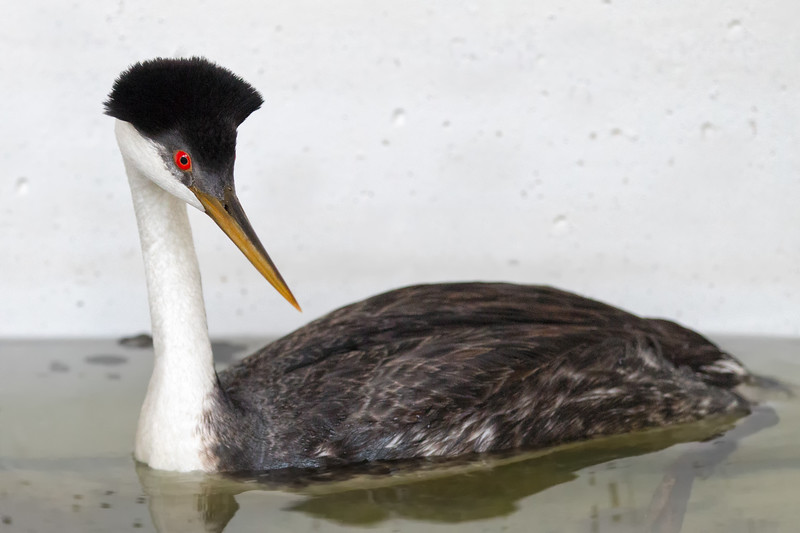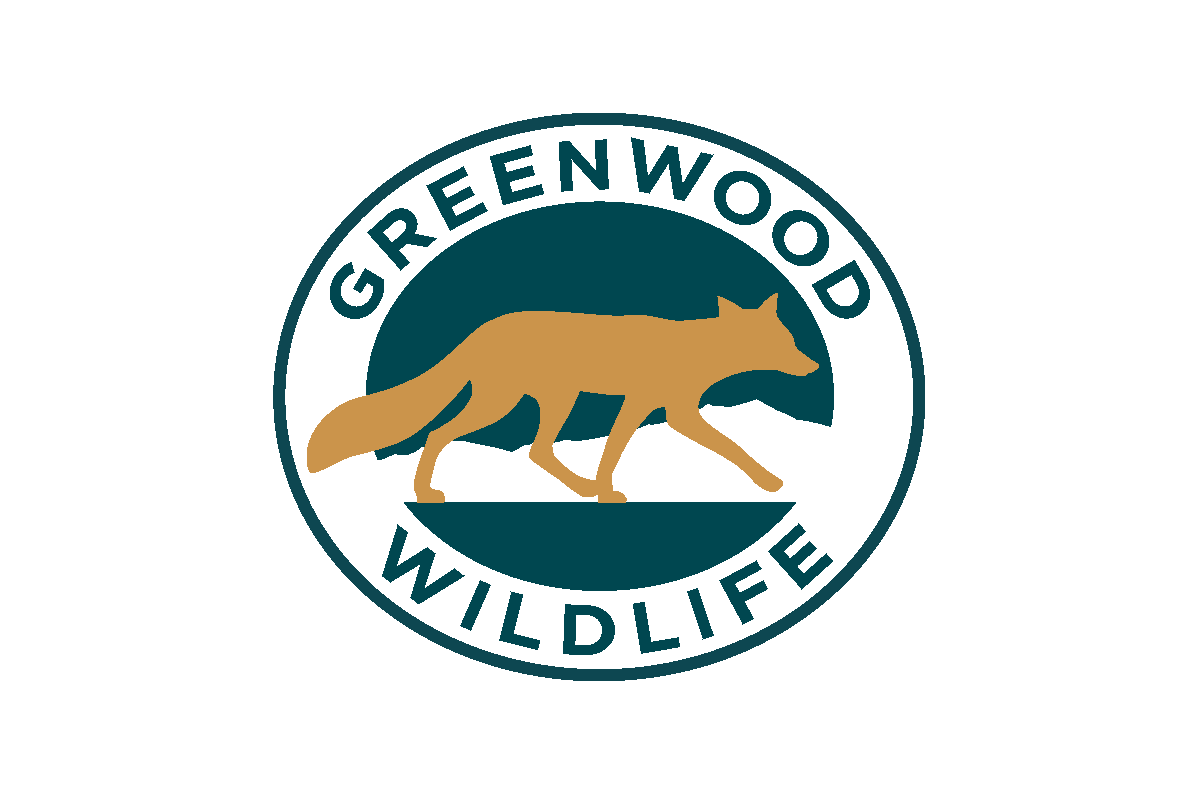
Imagine you are flying over Boulder. The land is scattered with small bodies of water and Boulder Creek winds through town, looking like a icy black runway. As a large bird that has been migrating all day, you think one of these places might be a great spot to fish and rest. You begin to descend onto the ice but right as you are about to dip your webbed toes into the chilly slush, you realize this is not water at all. Your feet come to a halt as they hit the asphalt. What you thought was an inviting river is zooming with cars. You scramble to catch enough lift to fly off and instead are left breathless in the ice.
This is what many species of waterfowl go through after snowy weather. Grebes, Coots, and Loons land on roads they thought were stretches of water. These waterfowl are different than geese or ducks because they need several feet of surface water to take off into the air. Their legs are further back on their body, allowing them to easily dive for fish. This adaptation however, is not great for walking on land. Most can only get a few feet before flopping onto their face.
After our most recent snow storm on October 25th, Greenwood admitted 5 waterfowl that had hit the roads and were stranded. Some had road burn and one was hit by a car and left there. Luckily for these five, caring people were there to rescue them. Just this week, we have dealt with approximately 40-50 calls about these types of situations all across Colorado.
What you can do
- Watch for wildlife in the road
- Carry rescue gear in your car (box, towel, handwarmers, and sunglasses)
- Put Greenwood’s Emergency Number in your phone 303-823-8455
If you do find wildlife in the road that need assistance, safely pull off and call our center right away. We will direct you with the next steps.

